
- Services .
- Industries .
- Company .
Explore detailed insights, expert opinions, and updates in our blog. Stay informed, discover new perspectives, and enhance your knowledge with every read.

As we look ahead to 2025, one of the most transformative technologies shaping the future of web development is Edge Computing. This cutting-edge technology, which processes data closer to the user (at the "edge" of the network), is drastically altering how websites and web applications are built, deployed, and experienced. By reducing latency, improving performance, and enabling more powerful and scalable applications, edge computing is poised to revolutionize web development. In this blog, we explore the key ways edge computing is transforming web development and what developers and businesses can expect in 2025.
What is Edge Computing?
Edge computing is a distributed computing model that brings computation and data storage closer to the physical location of the user or device. Instead of relying on a centralized cloud server to process all requests, edge computing uses a network of distributed nodes or "edge servers" located closer to users. This allows for faster data processing and reduces the strain on central data centers, improving both performance and efficiency.
In the context of web development, edge computing is changing the way developers build and optimize websites by offering new capabilities that were not possible with traditional cloud computing models.
The Impact of Edge Computing on Web Development
One of the most noticeable advantages of edge computing is lower latency. In traditional web development, data requests are routed to centralized servers, often located far from the user, which can introduce delays in processing. Edge computing solves this problem by ensuring that data is processed closer to the user, reducing the time it takes for a request to travel from the user’s device to the server.
In 2025, websites and web applications that leverage edge computing will offer faster loading times, smoother interactions, and a more seamless user experience. This is especially crucial for applications that require real-time data processing, such as gaming, video streaming, and augmented reality (AR).
Edge computing enables dynamic content delivery based on the user’s location and device. For example, a website can serve different content based on geographical location, device type, or even local preferences, all without overloading the central server. This allows businesses to provide highly personalized, regionally optimized, and responsive content.
In 2025, developers will increasingly adopt edge computing to create scalable web applications that adjust based on real-time conditions, ensuring better performance under heavy traffic loads. This is a game-changer for large-scale e-commerce platforms, news websites, and social media applications that require the delivery of customized content at scale.
Edge computing improves the reliability of websites and web applications. In a traditional cloud-based model, if a central server goes down, it can affect large swaths of users. However, with edge computing, even if one edge server fails, others can seamlessly take over the load, ensuring that the user experience remains uninterrupted.
As we move into 2025, web development will increasingly leverage distributed systems where downtime is minimized, and resilience is maximized. This is especially important for businesses that need to ensure high availability, such as financial services, e-commerce, and healthcare providers.
With edge computing, data processing happens closer to where it is generated, which can help improve data privacy. Sensitive information can be processed locally instead of being transmitted to a central data center, reducing the risk of data breaches during transmission.
Furthermore, security features such as real-time anomaly detection, intrusion prevention, and identity verification can be implemented at the edge, providing an additional layer of protection. As cyber threats continue to evolve, edge computing helps mitigate risks by ensuring that sensitive data remains within the local perimeter.
In 2025, edge-based security solutions will be integral to web development, enabling real-time threat detection and mitigation closer to the user, thus ensuring better protection of personal and financial data.
Edge computing facilitates the integration of Artificial Intelligence (AI) and the Internet of Things (IoT) into web development. With more IoT devices generating massive amounts of data, processing this information at the edge rather than in a centralized cloud can greatly improve the speed and efficiency of AI-driven applications.
By 2025, developers will increasingly build AI-powered websites and apps that rely on edge computing for tasks like real-time data analysis, personalized recommendations, and predictive analytics. Additionally, IoT devices in smart homes, vehicles, and cities will interact with edge computing platforms to provide real-time insights and enable better decision-making.
Traditional Content Delivery Networks (CDNs) distribute content from a centralized location to users worldwide. With edge computing, CDNs become more efficient by leveraging edge nodes to store and serve content locally. This enables faster content delivery, reduces bandwidth usage, and ensures that users get the most relevant content based on their location.
As edge computing becomes more prevalent in 2025, developers will optimize their websites to take full advantage of these new, distributed CDNs. Whether it’s for streaming services, e-commerce platforms, or news websites, the ability to deliver content more efficiently will enhance user engagement and satisfaction.
Edge computing can also lead to significant cost savings for businesses. Since data is processed locally, businesses can offload some of the computing and storage burden from central servers, reducing the need for expensive data center infrastructure. Additionally, edge computing can help reduce bandwidth costs by processing data locally and only sending essential information to the cloud.
In 2025, businesses that adopt edge computing will see a more cost-effective approach to running their websites and web applications while providing an improved user experience.
How Edge Computing Will Shape Web Development in 2025
As web developers look to stay ahead of the curve, adopting edge computing will be a critical step in building the next generation of websites and web applications. Here are some key areas where edge computing will continue to shape web development:
Conclusion
In 2025, edge computing will play a pivotal role in the evolution of web development. By improving performance, enhancing security, and enabling more scalable and dynamic applications, edge computing will allow developers to build faster, more efficient, and more reliable websites and web applications. Businesses that embrace edge computing will be well-positioned to deliver superior user experiences, handle the growing demands of IoT and AI, and stay competitive in a rapidly changing digital landscape.
Is your web development strategy ready for the future? Embrace edge computing today and transform your websites and applications to meet the demands of 2025 and beyond!

How to Economically Hire Web and Mobile App Developers
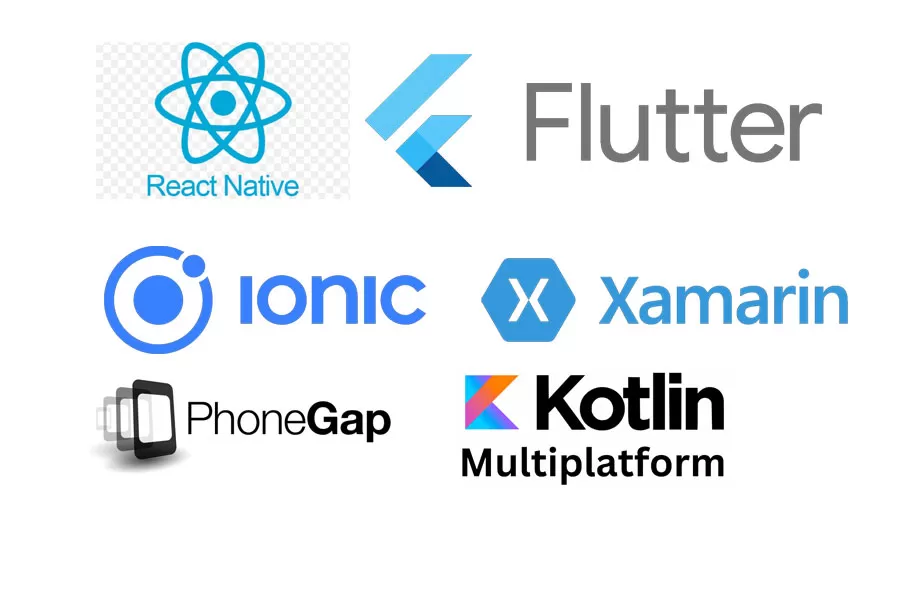
Cross-Platform App Development Guide for Startups

Custom Web Application Development Guide for Startups
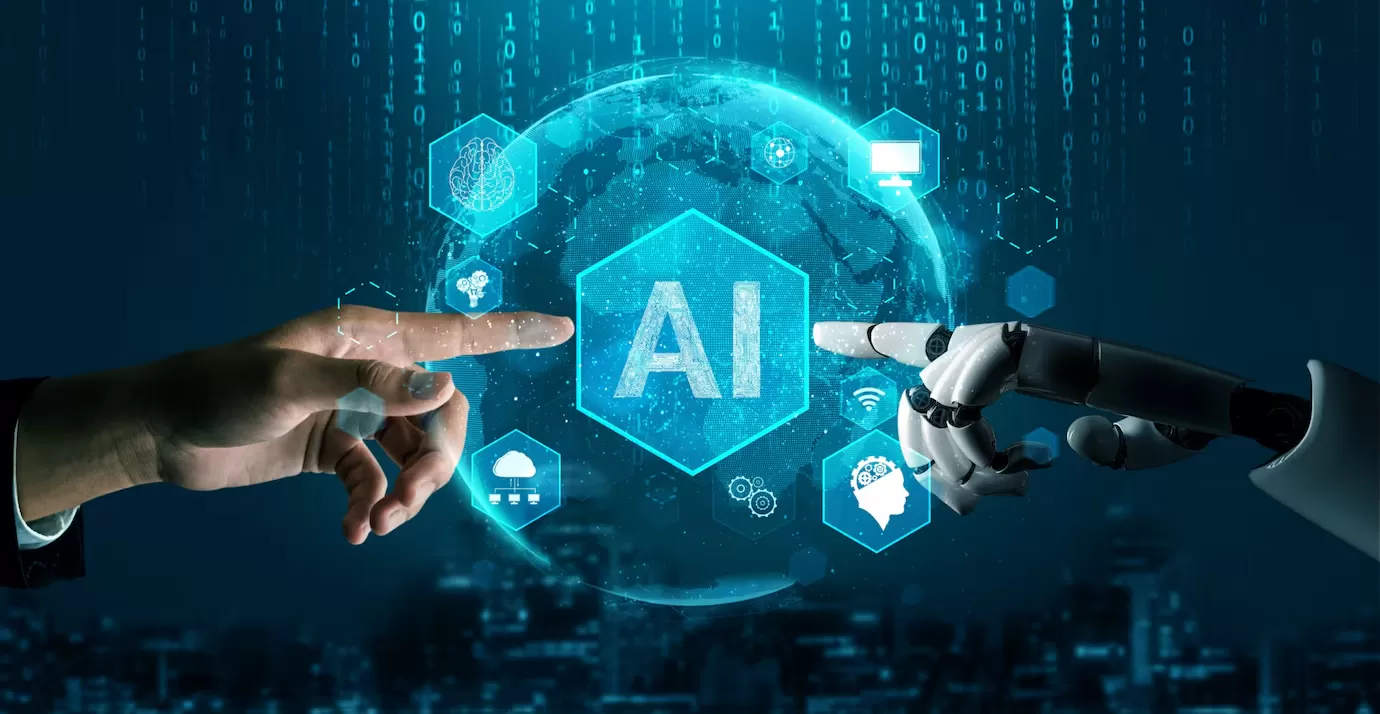
AI in Foreign Policy: Transforming Global Diplomacy
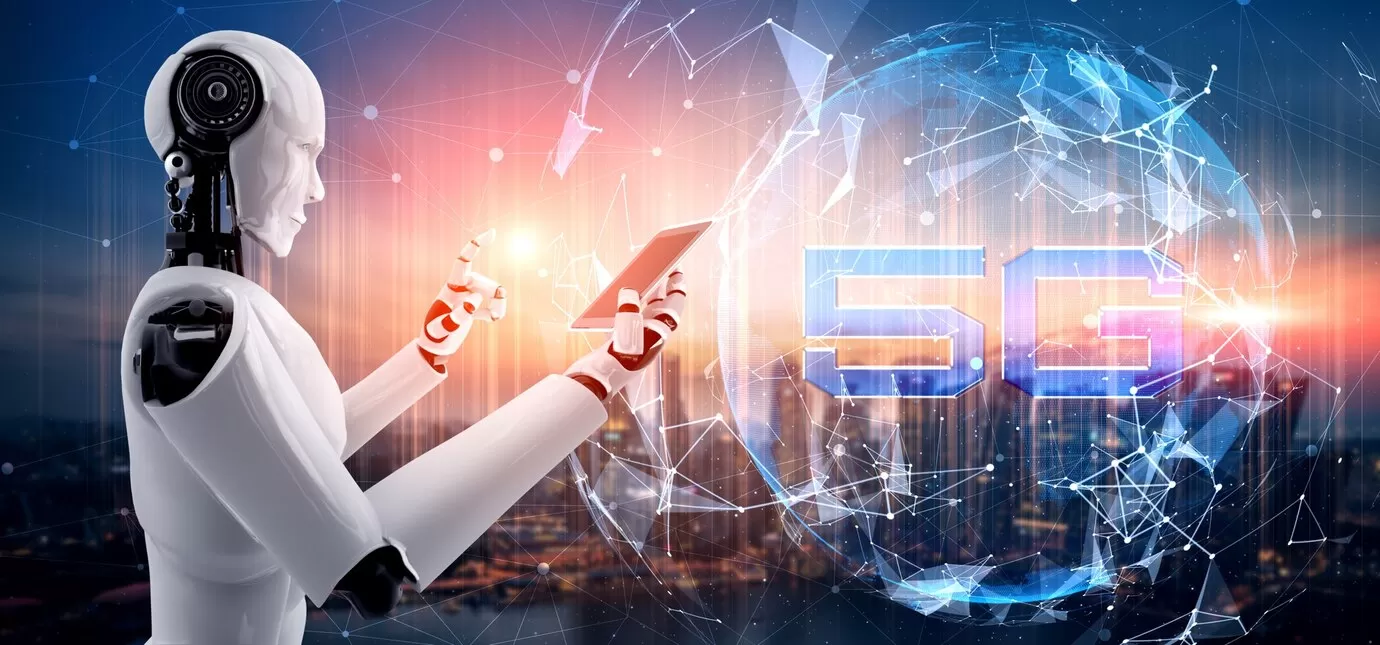
How AI and 5G Are Reshaping the Future of Telecom

How AI Is Shaping the Future of Entertainment Content

Solving Tech Debt: Smart Strategies That Boost Growth
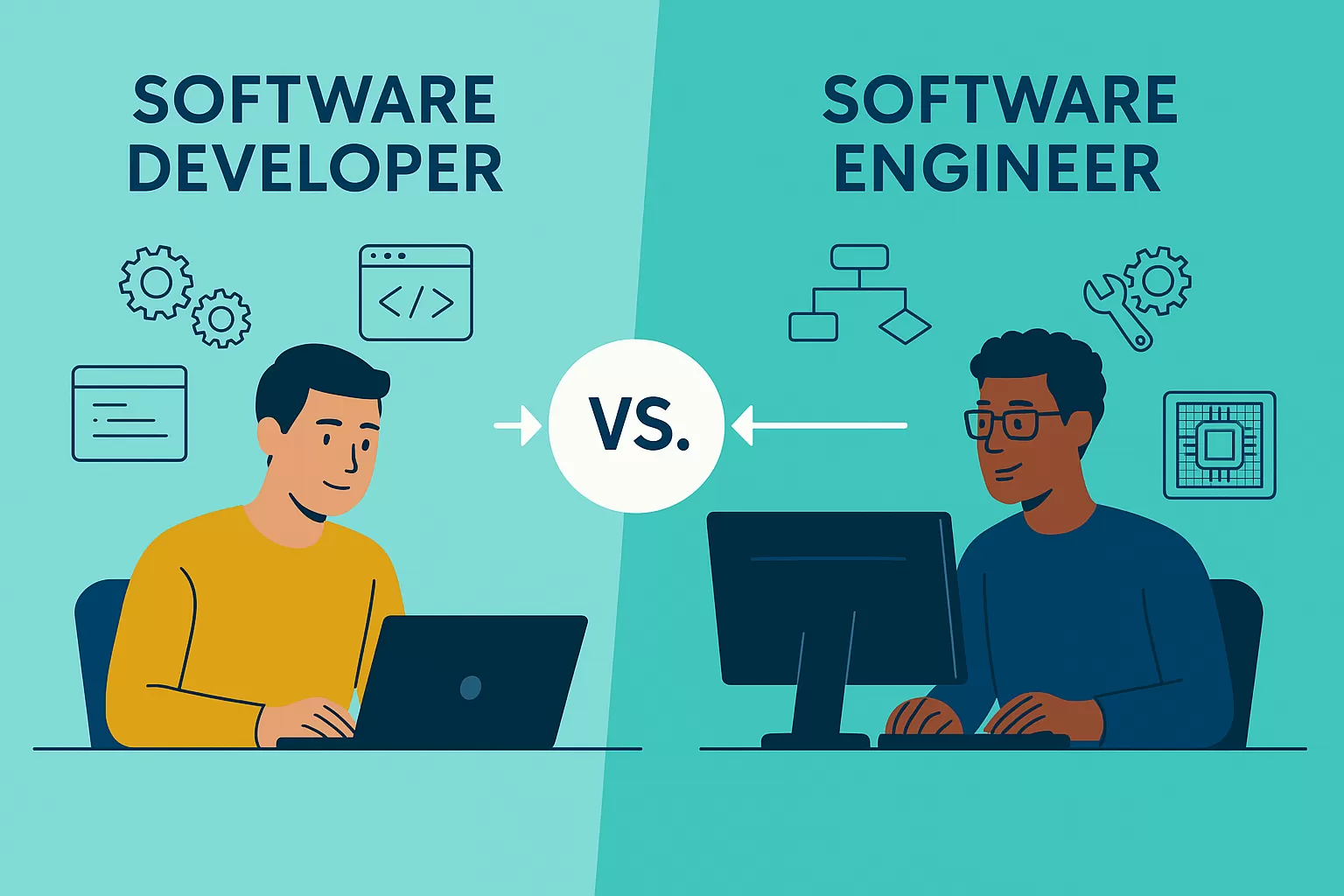
Software Developer vs. Software Engineer: What’s the Difference?
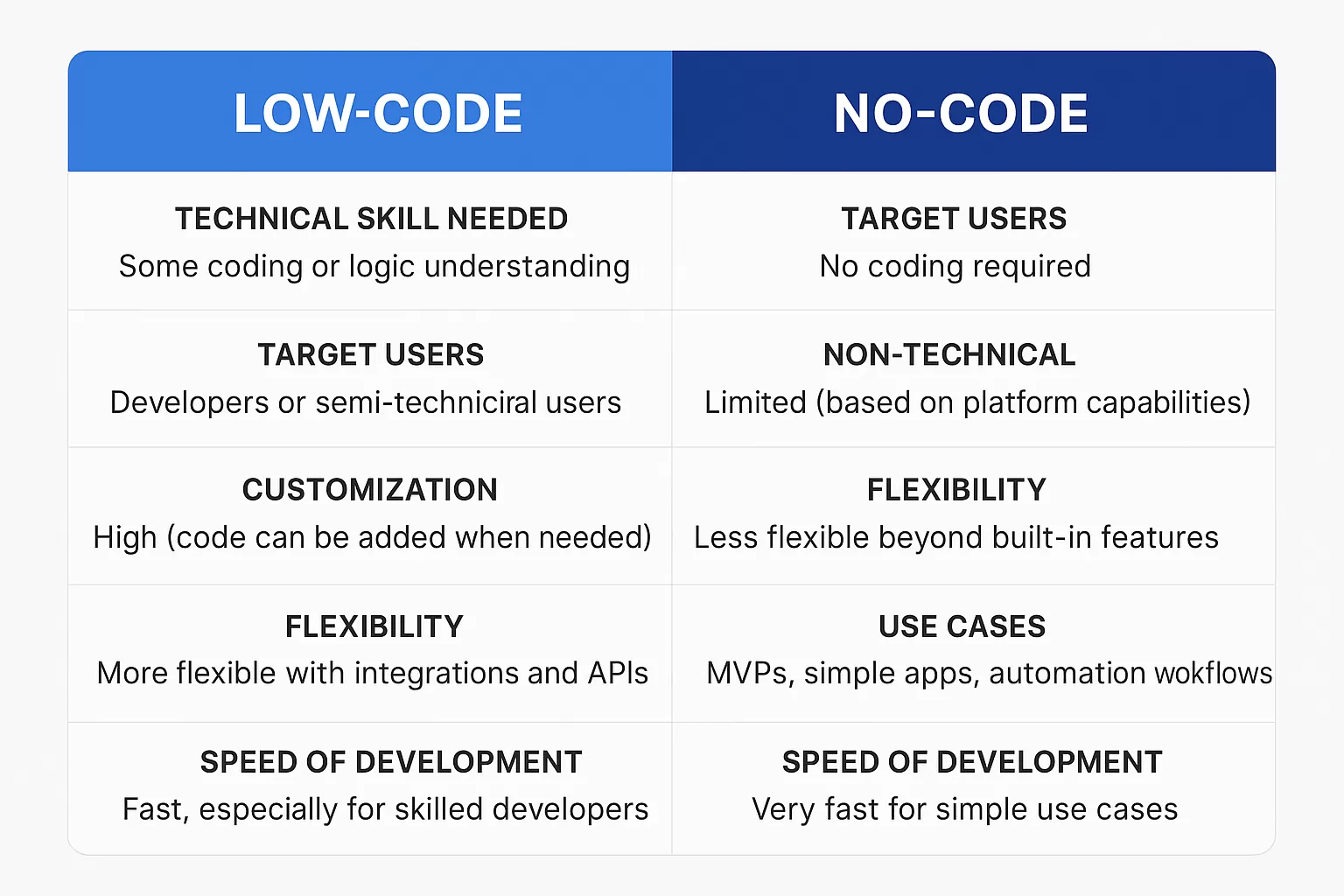
Low-code vs. no-code app development

What Is Digital Transformation? A Modern Business Guide